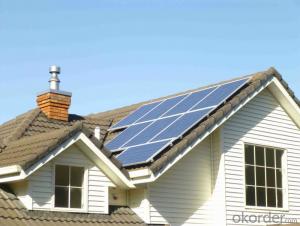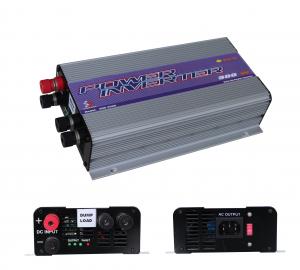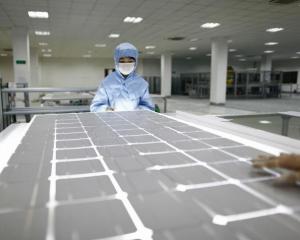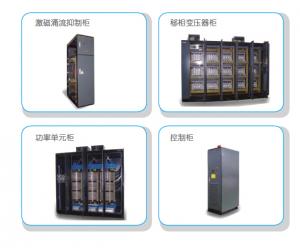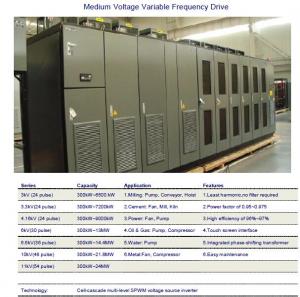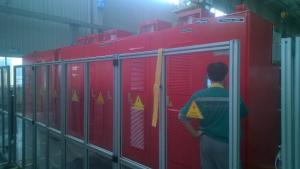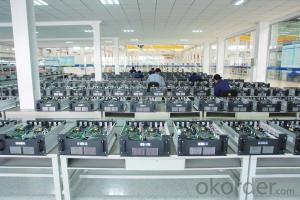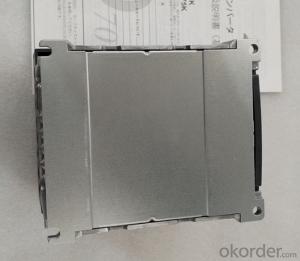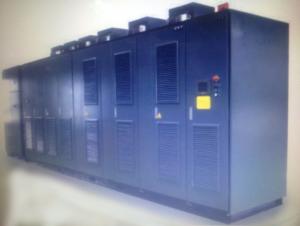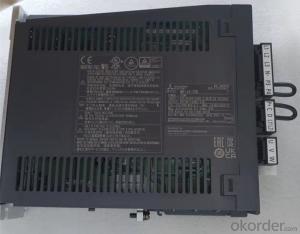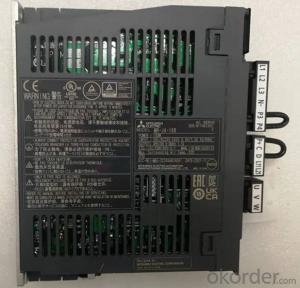3kw Solar Grid Tie Inverter
3kw Solar Grid Tie Inverter Related Searches
On Grid Solar Inverter 3kw 1kw Solar Grid Tie Inverter 5kw Solar Grid Tie Inverter Solar Grid Tie Inverter Grid Tie Solar Inverter Grid Tie Inverter Solar 10kw Solar Grid Tie Inverter 3kw Solar Inverter Solar Grid Tie Inverter Kit Solar System Grid Tie Inverter Solar Hybrid Grid Tie Inverter 3kw Off Grid Solar Inverter 3kv Solar Inverter Sun Grid Tie Inverter 3kw Solar Hybrid Inverter 3kw Inverter Solar Grid Tie Inverter Solar Kit Hybrid Grid Tie Solar Inverter Grid Tie Hybrid Solar Inverter 3kw Hybrid Solar Inverter Off Grid Solar Inverter 3kw Best Solar Grid Tie Inverter 3kva Solar Inverter Best Grid Tie Solar Inverter Grid-Tie Solar Inverter 1000w Solar Grid Tie Inverter Solar Inverter Grid Tie 3kva Hybrid Solar Inverter Solar Grid Tie Micro Inverter 3 Kva Solar Inverter3kw Solar Grid Tie Inverter Supplier & Manufacturer from China
The 3kw Solar Grid Tie Inverter is a high-efficiency device designed to convert solar energy into usable electricity for homes and businesses. This inverter plays a crucial role in the solar power system by ensuring that the power generated by solar panels is compatible with the electrical grid. The product is engineered to optimize energy output and minimize energy loss, making it an essential component for any solar power setup.The 3kw Solar Grid Tie Inverter is widely used in various applications, including residential, commercial, and industrial settings. It is particularly beneficial in areas with high solar irradiance, where the potential for generating electricity from solar power is maximized. This product is also suitable for off-grid systems, where it can help store excess energy in batteries for later use. The inverter's ability to synchronize with the grid allows for a seamless transition between grid power and solar power, ensuring a stable and reliable power supply.
Okorder.com is a leading wholesale supplier of the 3kw Solar Grid Tie Inverter, offering a vast inventory to cater to the needs of various customers. With a strong commitment to quality and customer satisfaction, Okorder.com ensures that each 3kw Solar Grid Tie Inverter is thoroughly tested and meets the highest industry standards. Their extensive inventory allows them to provide competitive pricing and fast shipping, making them a reliable choice for businesses and individuals looking to invest in solar power solutions.
Hot Products











